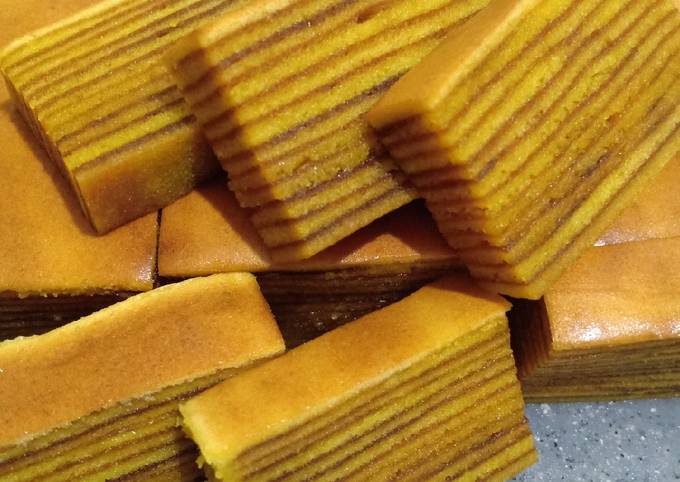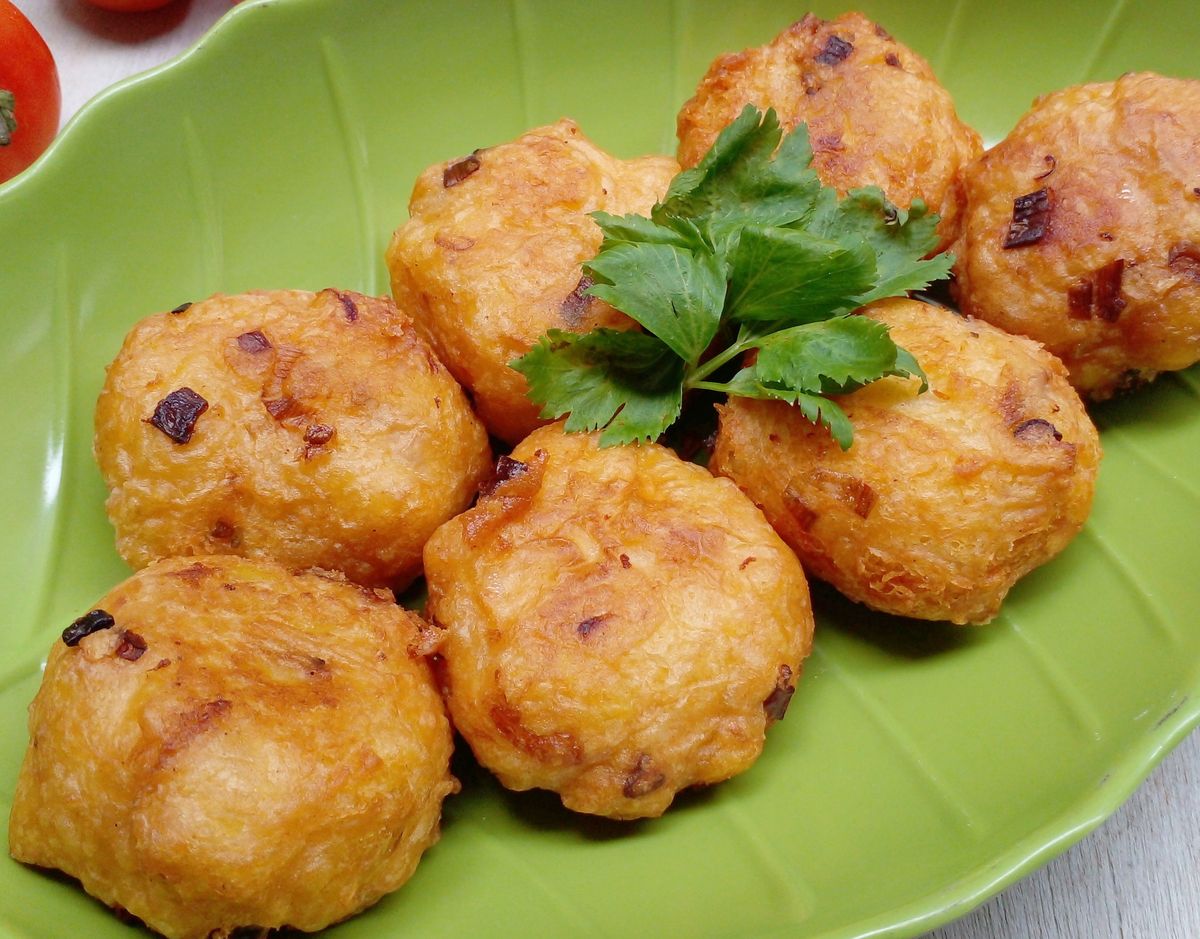Indonesia’s colonial history left a lasting imprint on many aspects of the archipelago’s culture, particularly in its food. Many Indonesian dishes that are beloved today bear traces of Dutch influence, blended with local ingredients and flavors. Let’s take a look at five famous Indonesian fusion dishes that were shaped by Dutch colonialism.
1. Lapis Legit (Spekkoek)
Lapis Legit, also known as Spekkoek, is a multi-layered cake that originated during the Dutch colonial era. The cake’s name, which means “rich layer cake,” reflects its many thin layers, which are baked one by one. It’s a true fusion dish: a Dutch-style buttery cake combined with Indonesian spices like cinnamon, cardamom, and nutmeg. This decadent treat remains a popular delicacy, often served during special occasions.
2. Selat Solo
Selat Solo is an Indonesian take on the Dutch “salade” or salad, and it hails from the city of Solo in Central Java. The dish features a combination of boiled beef or chicken, served with potatoes, carrots, green beans, and a tangy, slightly sweet sauce reminiscent of European-style gravy. The colonial influence is clear in its presentation and use of Western-style vegetables, while the sweet sauce gives it a distinctly Javanese twist.
3. Pastel
Pastel is the Indonesian adaptation of the Dutch “pasteitje,” a type of pastry filled with meat or vegetables. The Indonesian version is a deep-fried pastry stuffed with a mix of vegetables, boiled eggs, and sometimes vermicelli noodles or chicken. Pastel is a popular snack found throughout the archipelago, especially in street markets, and its origins trace back to the European-style savory pastries introduced during the colonial period.
4. Perkedel
Perkedel is an Indonesian mashed potato fritter that was heavily influenced by Dutch “frikadel” or meat patties. While the Dutch version was typically made from minced meat, the Indonesian adaptation is usually made from mashed potatoes, sometimes mixed with meat or corn, and then fried until crispy. Perkedel is a common side dish served with Indonesian meals, particularly in West Sumatra, and reflects the blending of Dutch ingredients with local cooking methods.
5. Opor Ayam
Opor Ayam, a creamy chicken curry, was influenced by Dutch stews and soups but adapted with Indonesian spices like lemongrass, galangal, and coconut milk. The use of rich, creamy sauces in the dish, along with the slow-cooking technique, shows traces of Dutch culinary techniques, although the flavors are distinctly Indonesian. Opor Ayam is commonly served during festive occasions, such as Eid celebrations, and remains a beloved dish in Indonesia.
Discover Indonesia’s Fusion Cuisine with DoorToID!
Want to explore the rich culinary history of Indonesia’s fusion dishes? DoorToID is here to ensure your travel experience is smooth and delightful. From organizing travel permits to providing expert guidance on the best culinary spots, we’re your trusted partner in uncovering Indonesia’s rich heritage.
Contact DoorToID: For assistance, reach us at [email protected].
Our Services: DoorToID specializes in simplifying travel permits, visa applications, and more. Download our mobile app, available on Apple and Android platforms.
Get Started: Visit apps.doortoid.com to submit your application and start your journey into Indonesia’s culinary history today!
Embark on a culinary adventure across Indonesia, exploring dishes that merge local flavors with colonial history—stress-free with DoorToID by your side.







